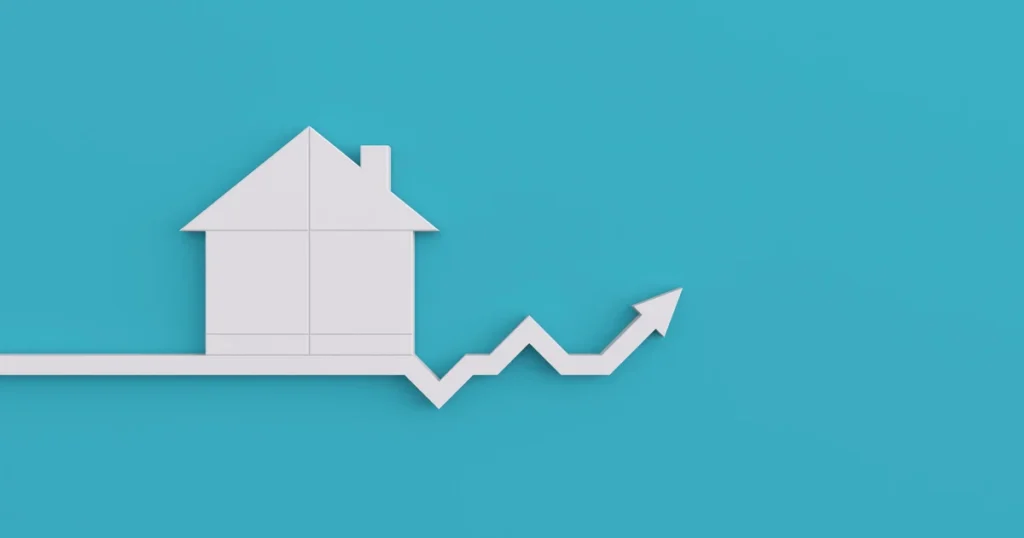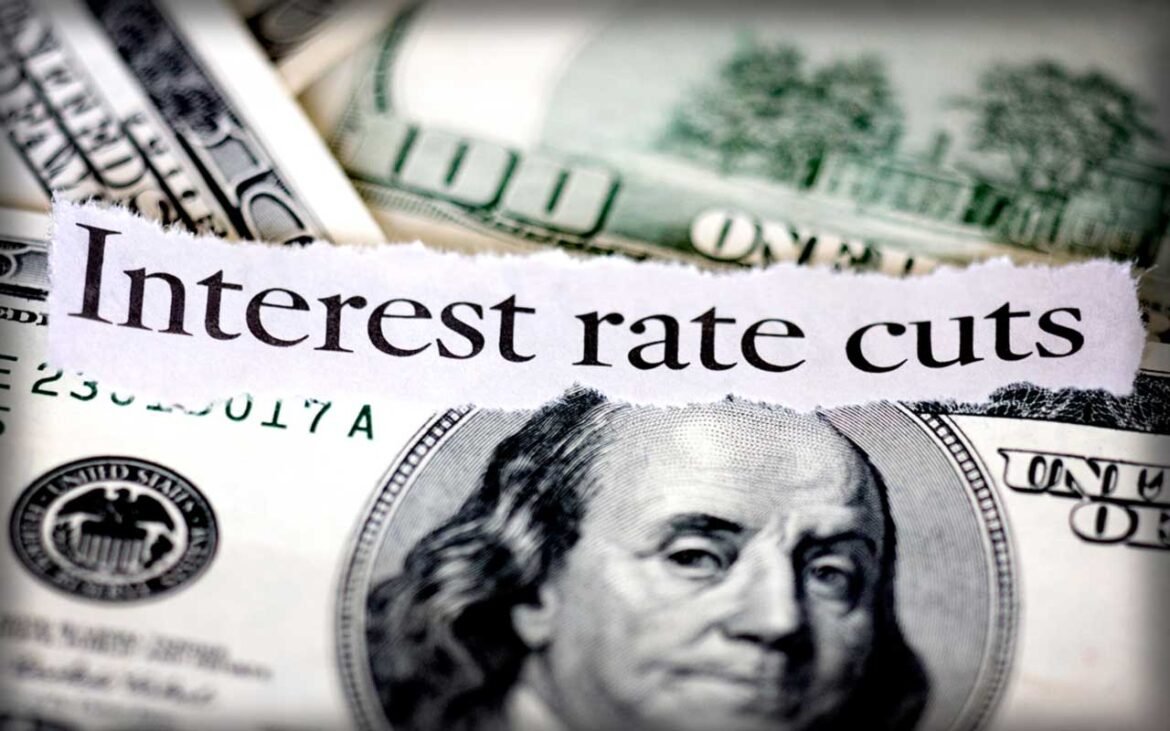Interest rates play a pivotal role in the financial landscape, directly affecting loans, mortgages, and consumer spending habits. As we move deeper into 2025, interest rate fluctuations are poised to shape the borrowing environment across tier 1 countries like the United States, United Kingdom, Canada, and Australia. Understanding how these changes impact loans and mortgages is essential for homeowners, prospective buyers, and borrowers looking to make informed financial decisions this year.
In this blog, we’ll explore the anticipated interest rate trends in 2025, their effects on various types of loans and mortgages, and strategies borrowers can use to navigate this evolving market.
What’s Driving Interest Rate Changes in 2025?
Central banks in tier 1 economies adjust interest rates primarily to control inflation, stimulate economic growth, or stabilize financial markets. In 2025, a combination of factors influences these decisions:
- Post-Pandemic Economic Recovery: Many economies are balancing growth with inflation concerns.
- Inflation Control Measures: Persistent inflationary pressures have led to tighter monetary policies.
- Global Geopolitical Tensions: Supply chain disruptions and geopolitical events affect economic stability.
- Market Expectations: Investors’ outlook on growth and inflation influences bond yields and lending rates.
These factors create an environment where central banks may raise, hold steady, or lower rates depending on evolving economic data. The trend in 2025 indicates a cautious approach, with some countries increasing rates moderately to rein in inflation without stalling growth.

Impact on Mortgages: What Homebuyers and Owners Need to Know
Mortgage interest rates are highly sensitive to central bank policies, and any change in base rates often trickles down to lenders and borrowers.
1. Higher Mortgage Rates Mean Increased Monthly Payments
When interest rates rise, the cost of borrowing increases. Homebuyers taking out new mortgages will face higher monthly payments, potentially reducing affordability and dampening housing demand. For existing homeowners with variable-rate mortgages, payments may increase, impacting household budgets.
2. Fixed-Rate vs. Variable-Rate Mortgages
- Fixed-Rate Mortgages: Offer protection against rising rates by locking in a set interest rate for the loan term. They provide payment stability but may come with slightly higher initial rates.
- Variable-Rate Mortgages: Fluctuate with market rates, offering lower initial payments but carrying the risk of increases if rates climb.
In 2025, many borrowers might prefer fixed-rate mortgages to avoid future payment shocks amid uncertainty.
3. Slower Homebuying Activity
Rising interest rates typically slow down home purchases as borrowing becomes more expensive. This cooling effect can lead to a more balanced real estate market, potentially stabilizing or even lowering home prices in some regions.
How Interest Rate Changes Affect Other Loans
Interest rate shifts influence more than just mortgages. Personal loans, auto loans, and credit card rates are also impacted:
- Personal Loans: Higher rates mean increased borrowing costs, affecting debt consolidation and financing large purchases.
- Auto Loans: Car buyers may see higher monthly payments, which could reduce demand for new vehicles.
- Credit Cards: Variable interest rates on credit cards often rise with base rates, increasing the cost of carrying balances.
Borrowers with variable-rate debts should be mindful of rising rates and consider refinancing or paying down balances to mitigate interest expenses.
Tips for Borrowers in a Changing Interest Rate Environment
Whether you’re applying for a new loan or managing existing debt, these strategies can help you adapt to 2025’s interest rate changes:
- Consider Locking in Fixed Rates: If rates are expected to rise, locking in a fixed-rate mortgage or loan can provide payment predictability.
- Shop Around for the Best Rates: Different lenders respond differently to rate changes, so comparing offers can save money.
- Refinance When Advantageous: Keep an eye on refinancing opportunities if rates stabilize or decline.
- Reduce High-Interest Debt: Prioritize paying off credit cards and other variable-rate debt to avoid rising interest costs.
- Maintain a Strong Credit Score: Good credit helps secure lower rates even when market rates increase.
The Role of Technology and Online Lenders in 2025
Advancements in fintech have made accessing loans and mortgages easier and often more competitive. Online lenders use AI-driven algorithms to offer personalized loan rates based on borrower profiles, which can be advantageous during volatile interest rate periods. Many platforms provide instant rate comparisons, helping borrowers find optimal terms quickly.
Economic Outlook: What Experts Predict for Interest Rates in 2025
Economic forecasts suggest that central banks will tread carefully, balancing the need to control inflation while supporting economic growth. For example, the U.S. Federal Reserve is expected to maintain moderate rate hikes or pauses depending on inflation data. Meanwhile, the Bank of England and other tier 1 central banks are closely monitoring global economic indicators before making significant adjustments.
This cautious approach means borrowers should prepare for potentially higher but stable rates over the year, rather than sharp fluctuations.
Interest rate changes in 2025 will have significant implications for anyone with loans or mortgages. Staying informed and proactive can help borrowers navigate these shifts with confidence, ensuring smarter financial decisions and better management of borrowing costs. Whether you are buying a home, refinancing, or managing debt, understanding the interest rate environment will be key to financial success in 2025.

